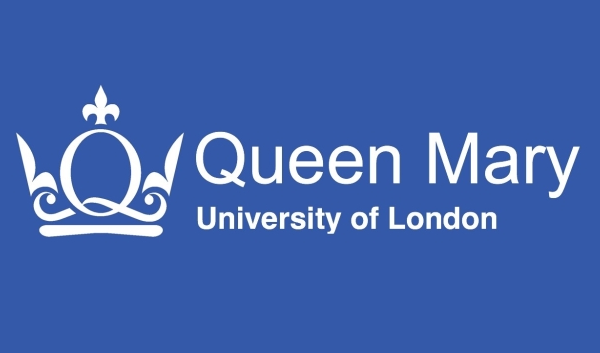Carbon monoxide (CO) poisoning causes morbidity and mortality around the world and remains common in the UK. CO leads to hypoxia (lack of oxygen) by formation of carboxyhaemoglobin (COHb), preventing normal oxygen delivery to the tissue. As less oxygen is available to the tissues, the cardiac function, neuropsychological function and tissue perfusion are negatively affected.
Importantly, CO also inhibits mitochondrial respiration – a major consumer of oxygen in the cells that also induces the effect of chemical hypoxia, when oxygen-related processes block the presence of oxygen. The modern treatment of patients with CO poisoning is to reduce the amount of CO in the blood and restore oxygen delivery to tissue by high flow or hyperbaric oxygen application (the latter of which is being removed from used in England).
However, these methods are not shown to be always effective at a cellular level. In considering this, the study of the molecular and cellular mechanisms of the CO toxicity is important for the generation of the novel therapeutic strategies against CO poisoning.
Based on preliminary results from exploratory studies undertaken in the department, it is proposed that the generation of reactive oxygen species (ROS) followed by oxidative stress, can be one of the major triggers for cellular death under CO and during the time of therapeutic re-oxygenation, when excessive amounts of oxygen can enhance oxidative damage.
There are a number of potential producers of toxic ROS in the cells when affected by CO – mitochondria, several intracellular enzymes, haemoglobin and myoglobin. However, despite the large numbers of publications in this field, the mechanism and various sources of oxidative stress in ischemic and CO-dependent neuronal injury are still unclear.
The central themes of this study are:
- To identify more precisely the underlying processes responsible for ROS production during CO-induced hypoxia and re-oxygenation
- To identify both acute reversible and chronic or irreversible ROS-mediated mechanisms of cellular dysfunction in response to CO
- To identify the mechanism of ROS-mediated cell death, following ischemia-reperfusion injury induced by CO
Initial studies will use cells in culture in order to establish proof of principle. Considering the fact that CO poisoning results in acute neurological conditions, cognitive decline, and delayed neurological conditions, primary brain cells neurons and astrocytes will be used for this study.
The primary approach used for all the proposed studies will employ modern fluorescence imaging techniques. These will be used to measure an array of parameters, including ROS production, measured using a range of fluorescent indicators and a novel targeted protein sensor; mitochondrial membrane potential, intracellular calcium concentration, mitochondrial calcium uptake, and intracellular pH.
The project will then identify the major ROS producers and how they affect the CO-induced oxidative damage. Based on this they plan to develop a cell protective strategy against CO-toxicity.
























